If you’re in the market for a HSV Jackaroo, you’re looking
at a unique piece of Australian motoring history. Below, you’ll find
information on how to identify, authenticate, and assess these vehicles before
you buy. This guide also covers their value, differences between models, and
what to watch out for with regard to gearboxes and overall condition.
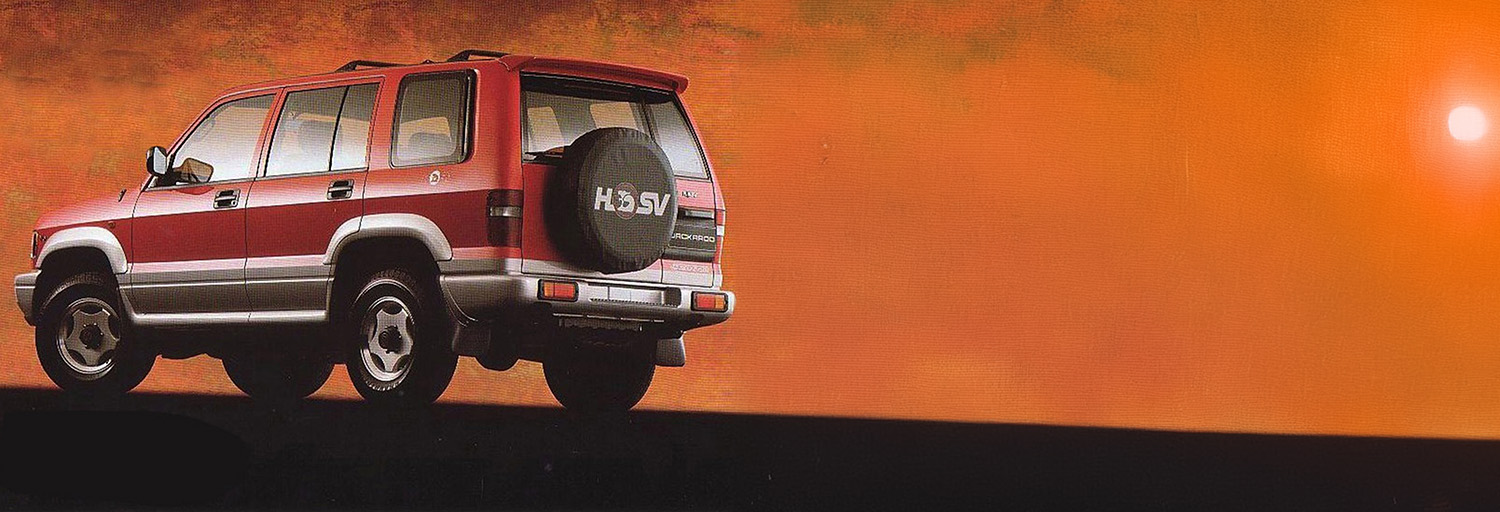
1. Authenticity and Identification
HSV vs SE Models There are two types of HSV Jackaroos:
1993
HSV
1994/1995
SE
Both are genuine HSV vehicles and can be authenticated
through HSV in the same way as any other HSV model. However, unlike
Commodore-based HSVs (where you typically use the VIN, Chassis number or HSV
identification plate), these Jackaroos rely on the Holden order plate for verification. Locating the Order Plate On
the radiator support panel, above the passenger-side headlight, you will
find two plates:
One
for the VIN and Engine Number.
One
for the Holden order details, which HSV use to identify these
vehicles.
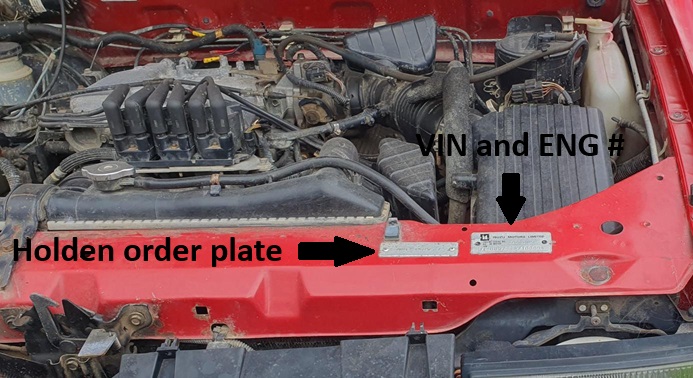
Key Identifiers
8DQ35 for the HSV model
8DS35 for the SE model
The HSV Identification Number starts with a letter
followed by seven digits.
To authenticate your Jackaroo, you’ll need the Holden order number, the vehicle’s VIN, and the build number. HSV may also request photos of the vehicle. Start the authentication process as you would for any other HSV. However, since your vehicle won’t appear in the initial check, you’ll need to contact HSV directly and follow up with an email.
2. What Are They Worth?Price Range You
may see them advertised anywhere from $1,000 to $15,000.
Actual
value depends on vehicle condition, odometer reading, and what
you’re willing to pay.
Because of their age and typical usage (often as off-road or
family vehicles), most have high kilometre readings (280,000 km+ is
common). However, well-maintained examples with intact upholstery, working
stereo, and general mechanical soundness can sell for $6,000+. Typical Listings Most
come up for sale in the $1,000 to $4,000 range.
Major
value factors include body condition, interior wear, and mechanical
history rather than just odometer readings.
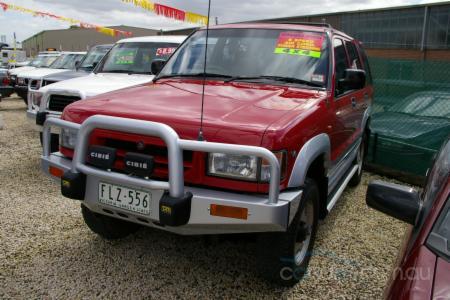
3. Differences Between the HSV and the SE
HSV (1993) Based
on the Jackaroo S (base model).
Includes
a HSV bodykit, SV5000-style wheels, and interior styling touches similar
to early HSV Commodores (e.g. VN LS, VP Nitron).
Air
conditioning is standard, but otherwise it has minimal factory inclusions.
The wiring
loom allows for upgrades from higher-spec Jackaroos (like the XS), so
additional features (power windows, central locking, etc.) can be
retrofitted if you can find the parts.
SE (1994/1995) Still
features a HSV bodykit and SV5000-style wheels, but no roof racks,
spoiler, HSV badging or HSV interior.
Comes
with “captain’s chairs” and unique SE styling.
Replaces
the XS in the Jackaroo range, so it has many factory options: two-tone
paint, power windows, central locking, air conditioning, and more.
The
main HSV identification on the SE is an SE badge on the C-pillar (location and design changed from October 1995 onwards, when the SE
Jackaroo received a midlife update. These vehicles are not HSV’s).
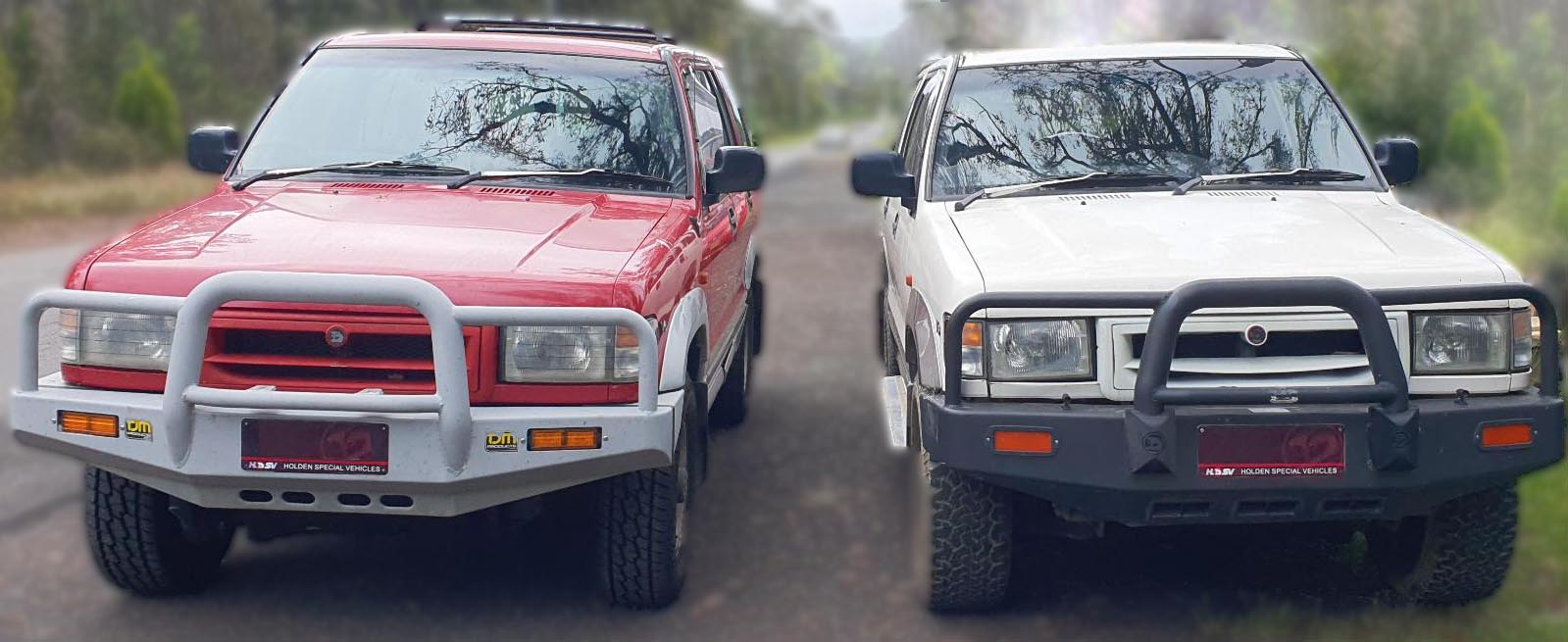

4. Auto vs Manual Gearboxes One major decision when buying any Jackaroo is choosing
between automatic and manual transmission. Automatic (4L30E) Smooth
shifting, easy to drive, and capable of light off-road work.
Sits
comfortably at 110 km/h on the freeway.
Known
Weakness: Needs an aftermarket transmission cooler fitted
in-line with the radiator cooler. Poor maintenance can cause overheating
and failure.
A
rebuilt 4L30E can fail again after as few as 20,000 km if not
properly cared for.
Rebuild
Costs: Generally range from $3,000 to $5,000. Rebuild kits for
the clutch packs start at around $600, up to $1,500 depending on required parts.
If
you’re looking for a donor gearbox, the 4L30E from a 1992–1997
Jackaroo or a Holden Rodeo 4WD with the 6VD1 engine should fit.
(Diesel auto gearboxes are not compatible.)
Towing:
Strongly discouraged with the auto, as it increases the chance of
overheating.
Fuel
Consumption: IVO 15L/100kms Freeway – Premium 98
Manual Often
considered the more robust choice.
The
clutch pedal can be heavy if components (like the throw-out bearing) are
worn.
Cruises
comfortably at around 115 km/h, typically with minimal throttle input.
Great
for towing. Many owners find the manual version outperforms the auto
in terms of reliability and capability.
Mechanically,
it’s nearly identical to a TS/T9 Rodeo manual setup.
Fuel
Consumption: IVO 11L/100kms Freeway – Premium 98
5. Build Numbers and Availability
Prototype (1992): 2 built with build numbers JAC1 (Silver) and JAC2 (Red) - (AIMS 1992) - Possibly repurposed or destroyed.
HSV
(1993): 79 built with build numbers up to 082. Cars 003, 004 and 063 were never built or publicly released (Confirmed with HSV).
SE
(1994/1995): 234 built, across four known colours (Red, White, Silver,
and Maroon — not the official colour names). Cars 014, 165, 178, 235 were never built (Confirmed with HSV)
In reality, both HSV and SE versions are rare. Current
estimates suggest only about 13 complete 1993 HSV vehicles remain, and
rough estimates for the SE are around 30+, with possibly half of those on the
road. Because they are genuine HSV vehicles, they are also eligible for
membership with official HSV clubs around Australia.
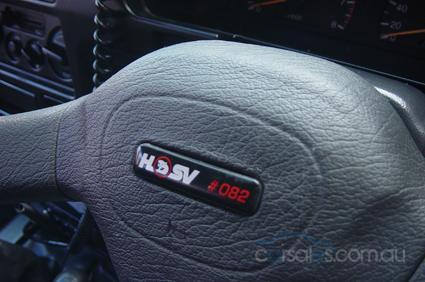
created with
HTML Website Builder .